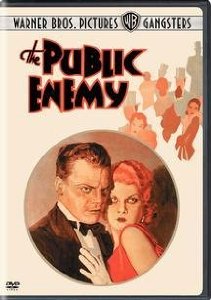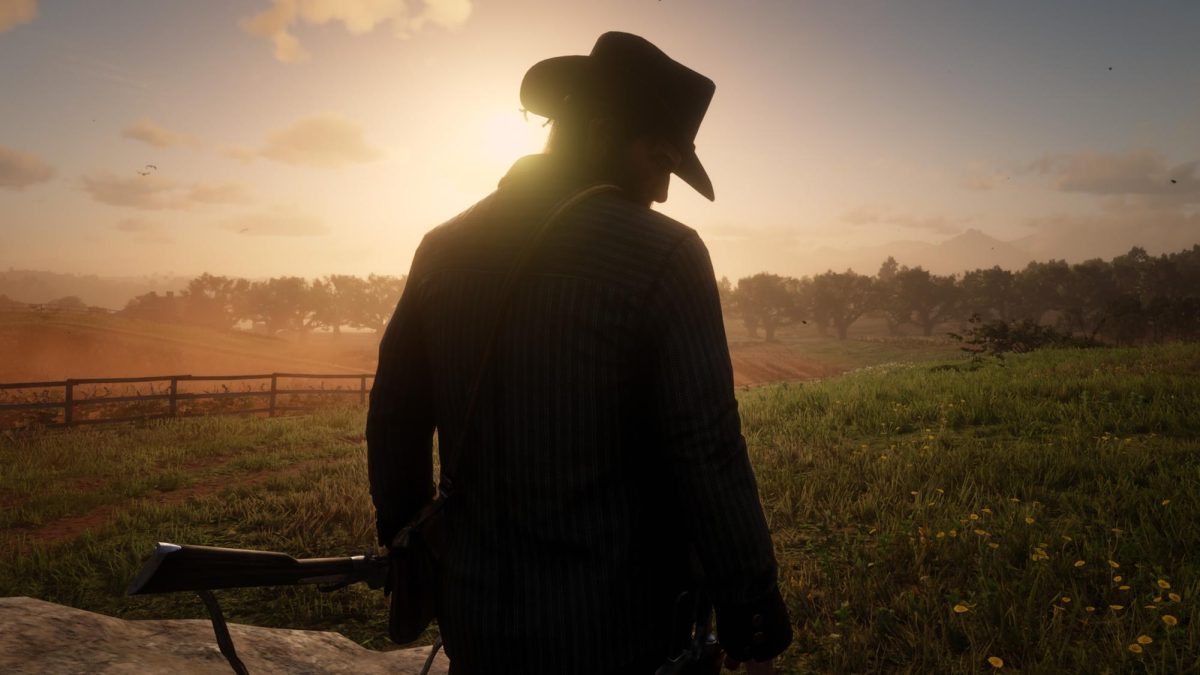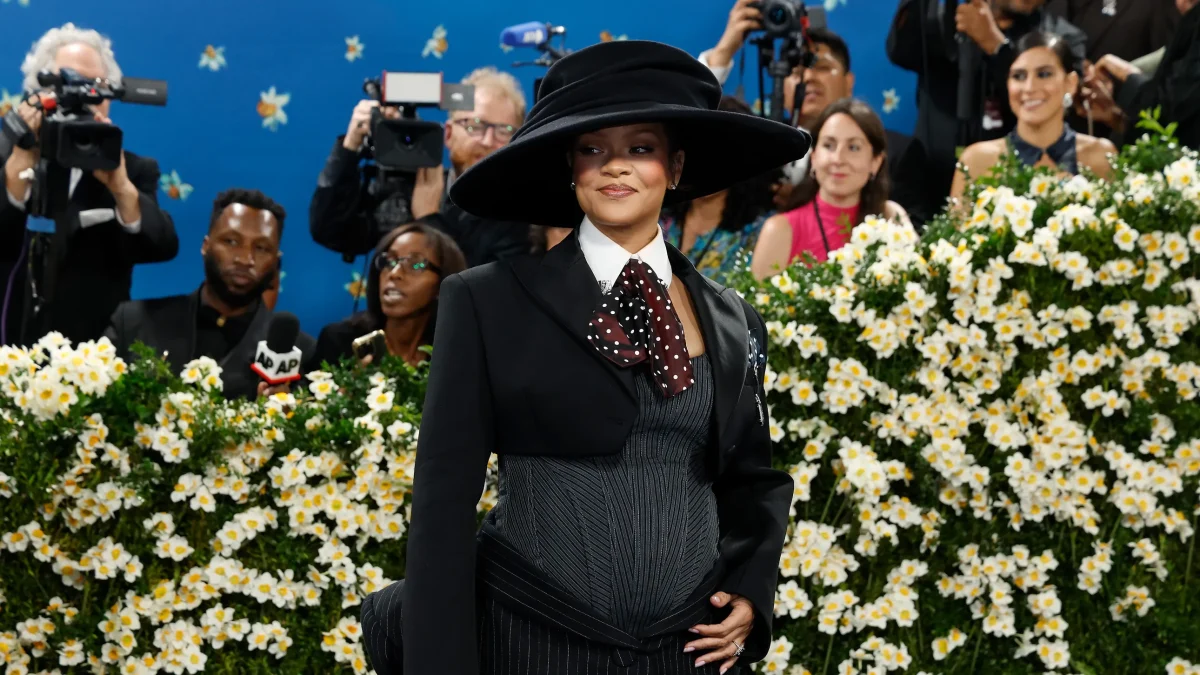
- Cover of The Public Enemy
By Josh Rumage
Staff Writer
The Hollywood of the 1930s is often remembered as a golden one filled with lavish musicals, screwball comedies, and great love stories. However, many don’t realize that before this time in Hollywood came to be there was a much more suggestive one. For five years beginning in 1929, Hollywood was in it’s Pre-Code era, a time when early talking films showcased the raciest subjects of the day; organized crime, nudity, rape, illegitimate children, living in sin, prostitution, and adultery.
For years, this time in Hollywood had been forgotten; a “hidden treasure” as actress Jane Fonda called it in the 2004 Turner Classic Movies documentary Complicated Women, based off the book of the same name by film historian Mick LaSalle. Thanks to the innovation of videocassettes, DVD’s, television, and YouTube films of the Pre-Code era are getting more observation as well as new fans every year. Here are the top five films of the Pre-Code era from the perspective of a film watcher.
The Divorcee (MGM, 1930) – Based off the novel Ex-Wife by Ursula Parrot, actress Norma Shearer stars as socialite Jerry Martin who divorces her husband on grounds of infidelity and pursues a life of promiscuity as she goes from one wealthy suitor to another. Shearer played the role to perfection, so in fact that she was awarded with a 1930 Best Actress Oscar for her endeavors.
The Public Enemy (Warner Bros., 1931) – Set against the backdrop of Chicago’s world of bootleggers and organized crime, actor James Cagney stars as Tom Powers in this gritty story revealing the rise of man through illicit means during Prohibition. Filled with violence and toughness, The Public Enemy was a fine example of the world of gangsters who controlled America’s greatest cities during the Prohibition years.
Red-Headed Woman (MGM, 1932) – A gold digging secretary (Jean Harlow) seduces her married boss and succeeds in breaking up him and his wife. Going from secretary to society woman, Lillian Andrews soon finds her new status challenged by a group of stuck up effluents who will stop at nothing to destroy her. She then moves to New York City and finds an elderly gentlemen and begins an affair with him, as well as his chauffeur.
Baby Face (Warner Bros., 1933) – Cited as the finest of the Pre-Code films, actress Barbara Stanwyck portrays Lily Powers, a speakeasy prostitute. She goes to New York shortly after her father’s death in a gin mill accident. Upon arrival, she finds a banking firm where she gets work as a secretary. Lily soon finds herself getting continually promoted as she becomes the wealthy mistress of one of the firm’s presidents.
Of Human Bondage (RKO Radio Pictures, 1934) – In this adaptation of W. Somerset Maugham’s 1915 novel of the same name, actor Leslie Howard portrays want-to-be doctor Phillip Terry who falls into a fatal relationship with a waitress named Mildred Rogers (portrayed to perfection by Bette Davis). Phillip falls head over heels in love with Mildred and he soon begins to support her financially as much as possible after her husband leaves her pregnant and penniless. Mildred manipulates Phillip to give her anything she wants. In the end, Mildred leaves him and soon turns to prostitution for the sake of survival. In the end, Mildred dies of a STD and Phillip finds a newer, kinder love. This was Bette Davis’ star-vehicle.
Overall, the films of the Pre-Code era somehow reflected the topics and people of the later 20th century, which is fascinating considering the time period in which they were made, i.e. The Great Depression. However, The Great Depression of the 1930’s was a huge motivating factor in Pre-Code cinema. Films containing racy and violent content continued to yield higher ticket sales, which motivated studios to continue producing pictures that reflected the more liberal attitudes of the day. In addition, this time period was one where filmmakers could experiment with sexuality and profanity.
This era came to an end in July 1934 when the Hays Production Code came into full-throttle effect making studios have stronger codes and regulations in there film making. Essentially, this code spelled out what was acceptable and what was unacceptable content for motion pictures produced for a public audience in the United States, but before this code became active in Hollywood, movie watchers had several years of daring cinema.



![Reblog this post [with Zemanta]](https://img.zemanta.com/reblog_e.png?x-id=87ebd2f8-9f9a-4187-a9d2-59548770f0a8)






